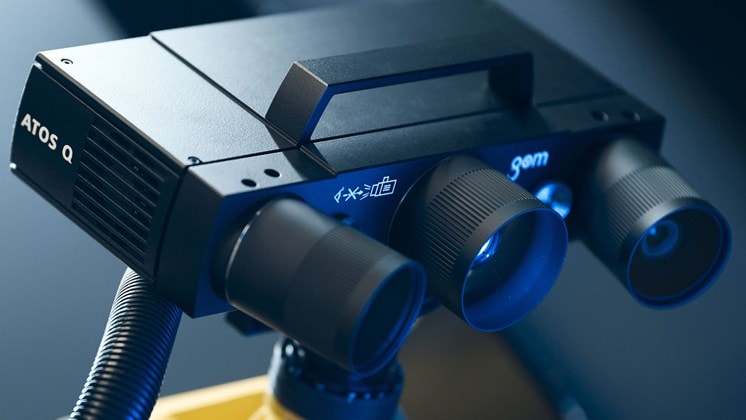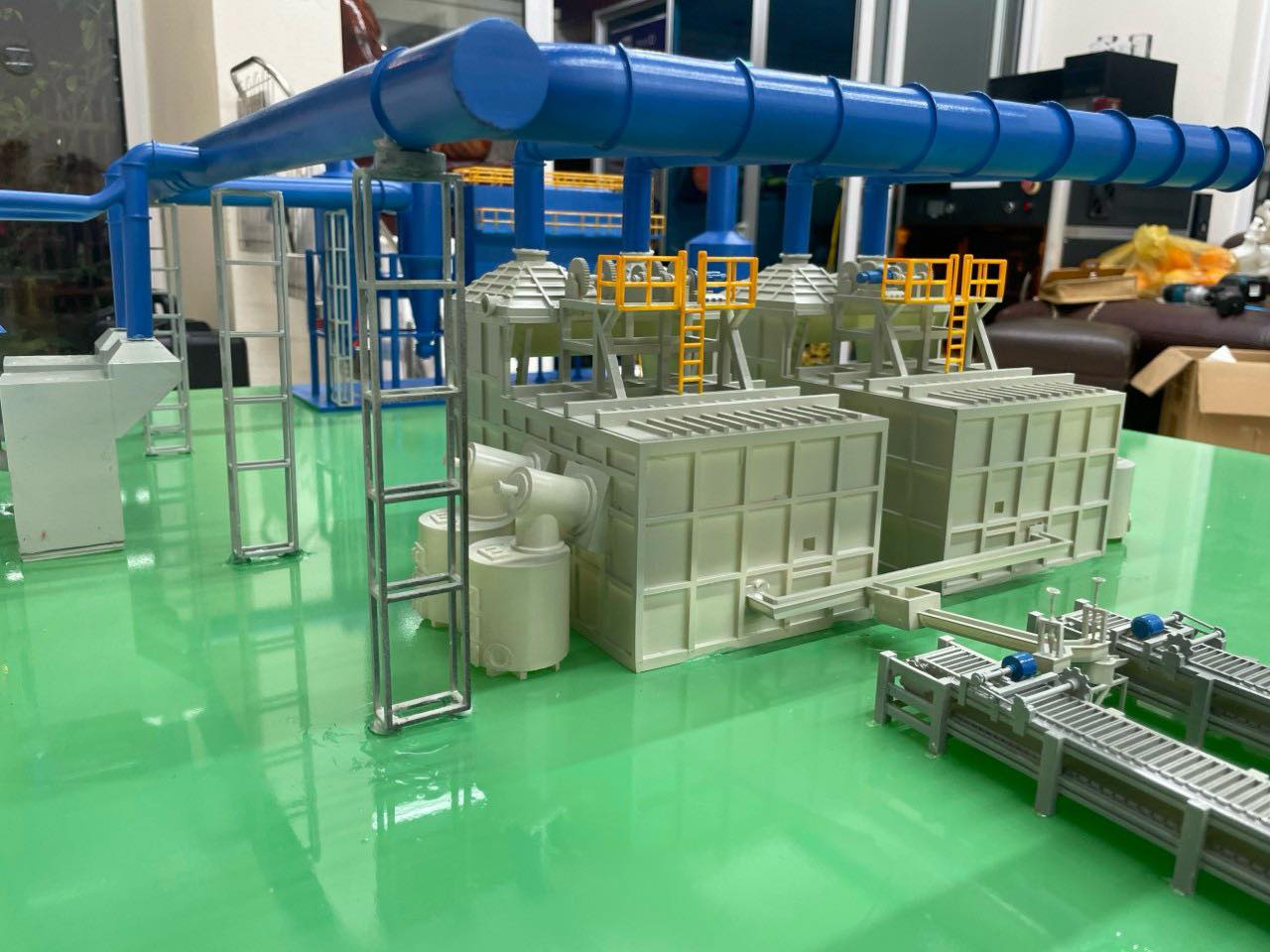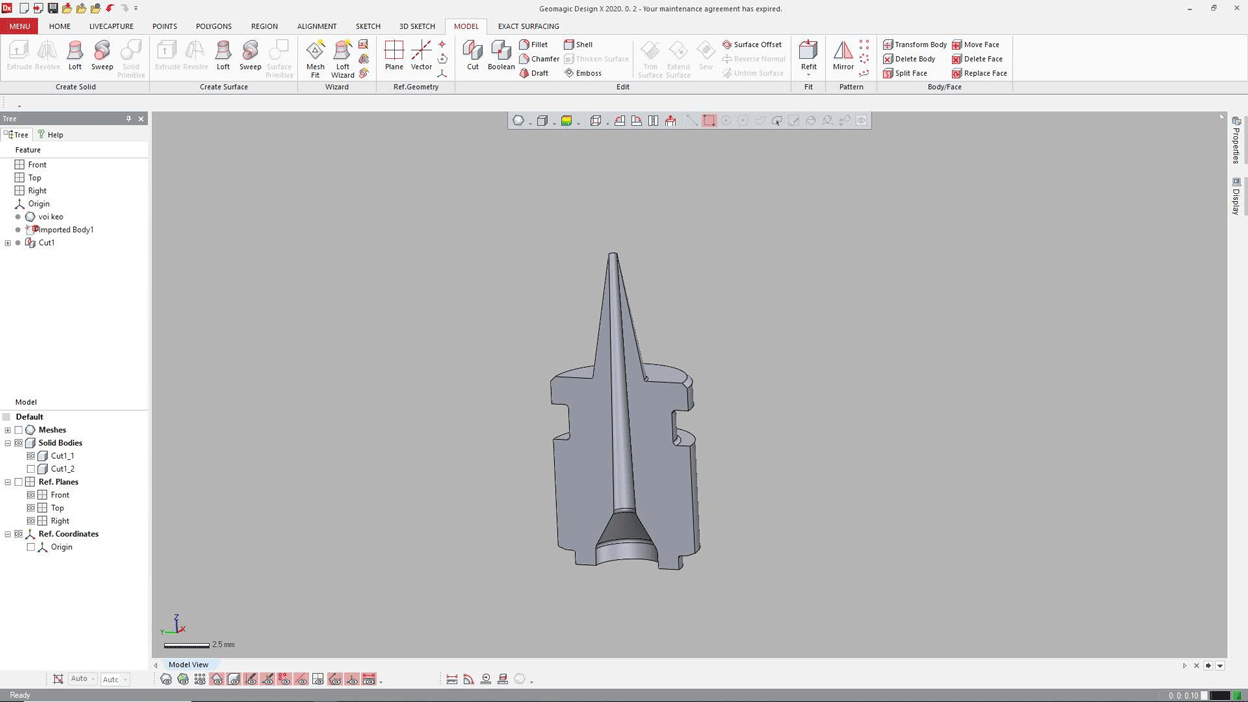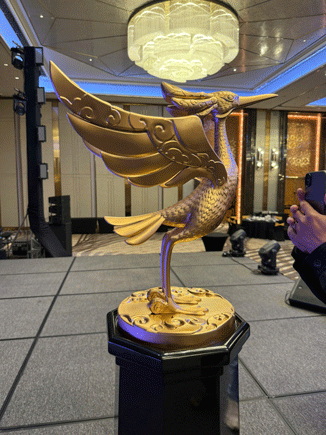What can you do with a can of chopped tomatoes, marjoram, ravioli, sauerkraut? You can ask your humanoid robot to make you dinner! Today, robots need 15 hours to make a dish of pasta, but European university researchers at the Karlsuhe Institute of Technology.
In Germany are working to change that. They are developing ARMAR-III, a robot that learns and understands its surroundings by recognizing and grasping 3D modeled objects in a controlled laboratory kitchen environment. Currently, ARMAR-III is comfortable opening and closing a dishwasher or even making a simple meal, but the long-term goal is to create a personalized system of humanoid robots working alongside humans to create a more productive and higher quality future.

Thousands of homes already have Roomba robots vacuuming their floors. Creating robots that interact, reliably and safely assist humans is quite another. The KIT team’s goal of collaborating and engaging in a dialogue with ARMAR-III goes far beyond your typical Android. This robot needs to understand both what it perceives and what it does. “If you want to interact, the robot needs data – what an object looks like and how to pick it up,” says Alexander Kasper, Dipl.
“Our main focus is to communicate with the computer through speech and gestures, ultimately increasing the robot’s cognitive ability to learn new things and survive in a human environment that is changing all the time.” He cites some of the toughest challenges in modern robotics, namely visual object recognition and machine learning. These are abilities that Kasper says we humans develop naturally, even if we need a few years of training. The main challenge in teaching ARMAR-III how to survive is learning by doing.
How does a robot “learn”?
The ARMAR project was developed during the course of the Sonderforschungsbereich 588 (Humanoid Robots) Collaborative Research Center (SFB-588), led by Prof. Dr.-Ing.Rüdiger Dillmann. Prof. Dillman’s team taught ARMAR-III to understand its surroundings by recognizing and grasping objects, which required the robot to have 3D modeled data. ARMAR-III can find and retrieve a box of mashed potatoes among many other similarly shaped objects because the robot has learned how to interact with this particular box. The weight, color and contents of each object are unique to all 119 objects that Kasper has simulated in the ARMAR-III kitchen laboratory environment. Before the KIT team discovered Rapidform.dll, they tried using open source software and the software that came with the team’s 3D scanner. These options were too basic and did not integrate well into the workflow, making 3D modeling more cumbersome.
In early 2008, Kasper’s colleague was looking for 3D scanning data processing software for a separate project, and found Rapidform XOR. Impressed with its capabilities, he suggested that Kasper look into using it for ARMAR-III. Kasper was pleased to learn that much of Rapidform’s functionality was available through Rapidform.dll, the software development kit (SDK). The Rapidform.dll SDK makes many of Rapidform’s world-class point cloud and mesh processing tools available for anyone to add to their own 3D applications.
Terms
A humanoid robot is an intelligent mechanical or virtual agent whose overall appearance, based on that of the human body, allows interaction with human-made tools or the environment.
Autonomous robots are robots that can perform desired tasks in unstructured environments without continuous human guidance.
Androids are humanoid robots that are aesthetically built to resemble a human.
Artificial Intelligence: the science and engineering of intelligent machines “was defined by John McCarthy, an American computer scientist and cognitive scientist in 1956.
The KIT research team created an object modeling center with a Konica Minolta 3D scanner, a turntable and a pair of moving Marlin cameras that completely scan real-world objects and combine the outputs into a textured 3D image. The modeling center was partly funded by SFB-588 and the DESIRE project and the results of the modeling centers were used in both projects as well as several European research projects.
It was Kasper’s responsibility to model the environment in which ARMAR-III learns and lives. He modeled 119 objects available to ARMAR-III with good resolution, all routes are saved in the KIT Web Model object database using the technology plus.
The high quality 3D object models allow ARMAR-III grasp planning to calculate grasp points and a completely independent safety grip, with no human input involved. Kasper said the custom-made KIT software “dramatically reduces the work we need to do ourselves, I don’t think we would have the level of quality without Rapidform.dll,” and it “works tremendously, I’m very happy with it.”
“We are committed to equipping 3D application developers with powerful tools that can be integrated into their existing software,” said Michelle Baek, Rapidform.dll Business Development Manager, “to reduce their development time so they can focus on delivering world-class 3D scanning solutions.”
The future is projected The ARMAR “family” of humanoid robots has been in development since 2000. Each generation has received an increase in degrees-of-freedom (DOF), mobility, sensory capabilities and mimics other European-designed robots. However, the ARMAR-III pioneer is still on a mobile-controlled autonomous wheeled platform. “ARMAR-IV will have legs and learn to walk,” Kasper said. “This robot is limited in dexterity, but with legs it will be able to climb steps and provide more support to humans, similar to Japanese robotics technology as seen in Asimo Honda.” Does he ever worry about artificial intelligence evolving to the point of a robot apocalypse? “In 80 years there will be a personal system with robots in every home…. I, Robot,” Kasper laughed. “The robot will eventually be able to use its learned knowledge to guess what the user wants. Even today, a human does not operate ARMAR-III, instead the robot reacts to the human “.
The Karlsruhe Institute of Technology would like to thank the Deutsche Forschungsgemeinschaft (DFG) as part of the Collaborative Research Center Sonderforschungsbereich 588 (SFB-588) project for funding ARMAR. Their central object modeling was partly funded by the SFB-588 and the German Robotics Initiative “Desire”.
OTHER NEWS












